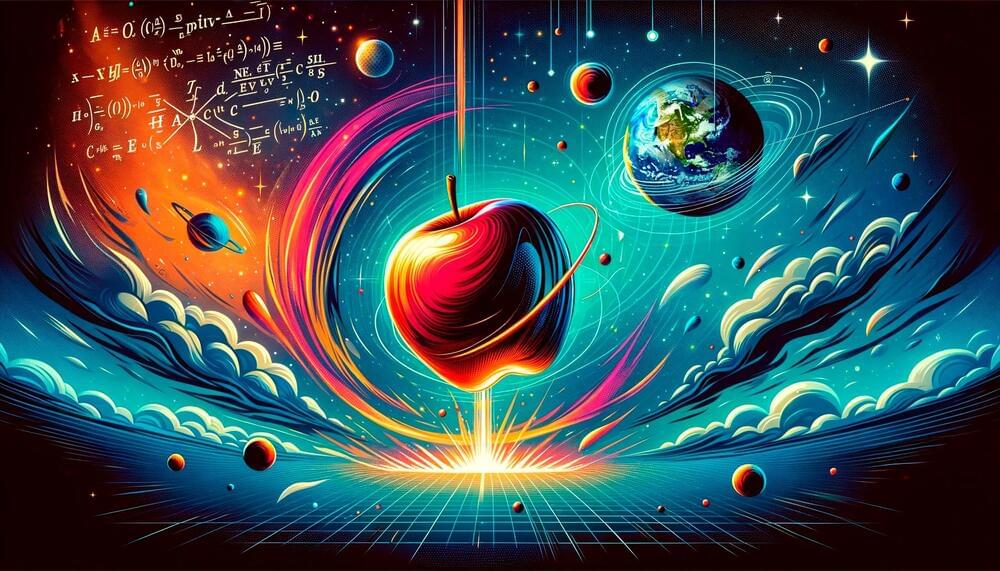Use my link https://bit.ly/HistoryoftheUniverseDCJan22 and check out the first chapter of any DataCamp course for FREE to unlock new career opportunities and become data fluent today!

Use my link https://bit.ly/HistoryoftheUniverseDCJan22 and check out the first chapter of any DataCamp course for FREE to unlock new career opportunities and become data fluent today!
Scientists have seen what happens during the violent events that forge the gold on your finger in detail for the first time.
NASA has recently invested in a class of small, low-cost planetary missions called SIMPLEx, which stands for Small, Innovative Missions for PLanetary Exploration. These missions save costs by tagging along on other launches as what is called a rideshare, or secondary payload.
One example is the Lunar Trailblazer. Like VIPER, Lunar Trailblazer will look for water on the moon.
But while VIPER will land on the Moon’s surface, studying a specific area near the south pole in detail, Lunar Trailblazer will orbit the moon, measuring the temperature of the surface and mapping out the locations of water molecules across the globe.
A study published today (Dec. 15) in the journal Astronomy & Astrophysics reveals the discovery of two new planetary systems orbiting stars similar to our sun, also known as solar analogs.
The study was led by Dr. Eder Martioli, a full researcher at the Laboratório Nacional de Astrofísica (LNA/MCTI) and an associate researcher at the Institut d’astrophysique de Paris (IAP), and by Dr. Guillaume Hébrard, a researcher at the Institut d’astrophysique de Paris (IAP).
Observations responsible for detecting these two systems, named TOI-1736 and TOI-2141, were conducted using NASA’s TESS space telescope and the SOPHIE spectrograph installed on the 1.93 m telescope at the Observatoire de Haute-Provence (OHP) in southern France, both illustrated in Figure 1.
The AI gold rush has brought many market opportunities to the space tech sector, said Zainab Qasim, investor at Seraphim.
“AI’s impact on existing tech used in space will no doubt become more prevalent over the coming years allowing faster research and development execution and smarter insights for end customers,” she said.
AI plays a “heavy hand” in the development of future climate and space technologies, said Jeff Crusey, partner at early-stage fund 7percent Ventures, adding that it has “dramatically improved the efficiency of models, improving logistics, fuel savings, and ultimately the environment.”
This discovery really drives home the point of just how little we know about the universe. We wouldn’t expect a planet this heavy around such a low-mass star to exist.
You’ve heard of hot Jupiters. You’ve heard of mini-Neptunes. You’ve heard of super-Earths. But have you heard of Eyeball Planets? Yep — planetary scientists think there might be a type of exoplanet out there that looks disturbingly like a giant eyeball. Just sitting there. Staring.
But it’s actually not as weird as it sounds — the appearance of these bodies has to do with tidal locking.
Tidal locking is when an orbiting body rotates at the same rate that it orbits. That means it always has one side facing the body it is orbiting, and the other side always facing away. The Moon, for instance, is tidally locked to Earth, that’s why we never see its far side from here.
Two galaxies in the early universe, which contain extremely productive star factories, have been studied by a team of scientists led by Chalmers University of Technology in Sweden. Using powerful telescopes to split the galaxies’ light into individual colours, the scientists were amazed to discover light from many different molecules – more than ever before at such distances. Studies like this could revolutionise our understanding of the lives of the most active galaxies when the universe was young, the researchers believe.
When the universe was young, galaxies were very different from today’s stately spirals, which are full of gently-shining suns and colourful gas clouds. New stars were being born, at rates hundreds of times faster than in today’s universe. Most of this however, was hidden behind thick layers of dust, making it a challenge for scientists to discover these star factories’ secrets – until now. By studying the most distant galaxies visible with powerful telescopes, astronomers can get glimpses of how these factories managed to create so many stars.
In a new study, published in the journal Astronomy & Astrophysics, a team of scientists led by Chalmers astronomer Chentao Yang, used the telescopes of NOEMA (NOrthern Extended Millimetre Array) in France to find out more about how these early star factories managed to create so many stars. Yang and his colleagues measured light from two luminous galaxies in the early universe – one of them classified as a quasar, and both with high rates of star formation.

Gravity is the reason things with mass or energy are attracted to each other. It is why apples fall toward the ground and planets orbit stars.
Magnets attract some types of metals, but they can also push other magnets away. So how come you feel only the pull of gravity?
Continue reading “Einstein’s Insight: Why Does Gravity Pull Us Down and Not Up?” »